The dense rainforests of Papua New Guinea have long been shrouded in mystery, harboring tribes whose ways of life remain largely untouched by modern civilization. Among these, the Korowai people stand out—not just for their treehouse dwellings but for their historical reputation as cannibals. The very mention of their name evokes a mix of fascination and dread. Yet, as the modern world inches closer to these remote communities, the reality of their existence presents a complex tapestry of tradition, survival, and the inevitable clash with contemporary values.
For centuries, the Korowai have lived in isolation, their existence unknown to the outside world until the mid-20th century. Their society is built on kinship and a deep connection to the forest, which provides everything from food to spiritual guidance. The construction of their towering treehouses, often perched 40 meters above the ground, is a testament to their ingenuity and a defense mechanism against rival clans and evil spirits. But it is their practice of cannibalism, now largely abandoned, that has captured global attention. Anthropologists suggest that this ritual was not about sustenance but about justice—a way to punish those accused of witchcraft, believed to be the cause of unexplained deaths.
The first sustained contact with outsiders came in the 1970s, when Dutch missionaries and later Indonesian officials ventured into their territory. These encounters were fraught with tension. The Korowai, wary of strangers, initially viewed outsiders with suspicion, often retreating deeper into the forest. Over time, however, curiosity and the allure of modern goods—metal tools, clothing, and medicine—began to bridge the divide. Yet, this exchange came at a cost. The introduction of foreign diseases, to which the Korowai had no immunity, decimated entire villages. The very tools that made life easier also disrupted traditional ways, creating a dependency that threatened their self-sufficiency.
In recent years, the Indonesian government has made efforts to integrate the Korowai into mainstream society, building roads and encouraging settlement in designated villages. These initiatives are framed as development, promising education and healthcare. But the Korowai’s transition has been far from smooth. Many struggle to adapt to a sedentary lifestyle, finding the concrete houses stifling compared to their airy tree dwellings. The loss of their hunter-gatherer existence has led to a rise in malnutrition and mental health issues, as the rhythm of their lives is abruptly altered. Elders speak of a growing disconnect among the youth, who are increasingly drawn to the gadgets and distractions of the modern world, leaving little interest in learning ancestral customs.
Tourism has further complicated the picture. Adventurous travelers, lured by the exoticism of the "last cannibals," pay hefty sums to visit Korowai villages. While this influx of cash provides some economic relief, it also reduces a rich culture to a spectacle. Performances of ritual dances and staged "cannibal" acts cater to tourists’ expectations, blurring the line between authenticity and exploitation. Some Korowai have embraced this new source of income, while others resent the intrusion, feeling like exhibits in a human zoo. The ethical implications of such tourism remain a contentious topic, with critics arguing that it perpetuates stereotypes and undermines the tribe’s dignity.
Amid these challenges, there are glimmers of hope. NGOs and anthropologists are working with the Korowai to document their language and traditions before they fade away. Bilingual education programs aim to equip the younger generation with the skills to navigate both worlds. The Korowai themselves are not passive victims of change; many are actively negotiating their place in a globalized world, seeking ways to preserve their identity while embracing select aspects of modernity. The story of the Korowai is not one of a primitive people succumbing to progress but of resilience and adaptation in the face of unprecedented pressures.
The encounter between the Korowai and modern civilization raises profound questions about the price of development. What is lost when a unique way of life is eroded? Can the benefits of modernity be reconciled with the preservation of cultural heritage? There are no easy answers, but the Korowai’s journey offers a poignant reminder of the fragility of human diversity. As the world grows smaller, their story compels us to reflect on our shared humanity and the responsibilities that come with interconnectedness.
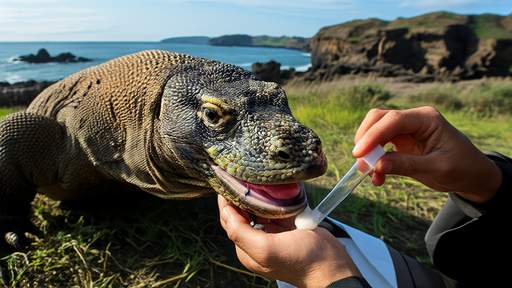
By /Jun 5, 2025
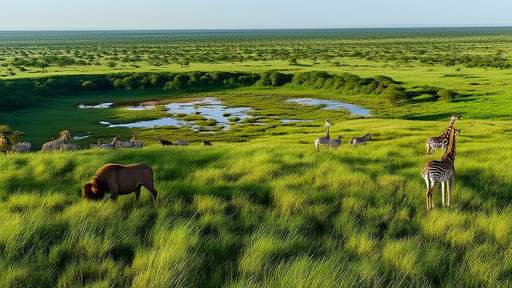
By /Jun 5, 2025
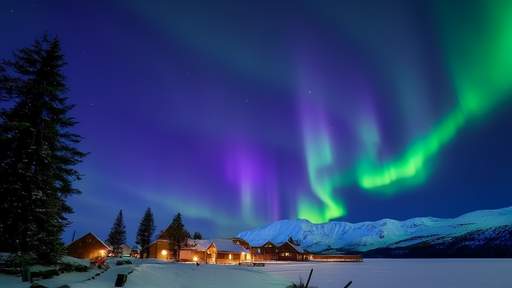
By /Jun 5, 2025
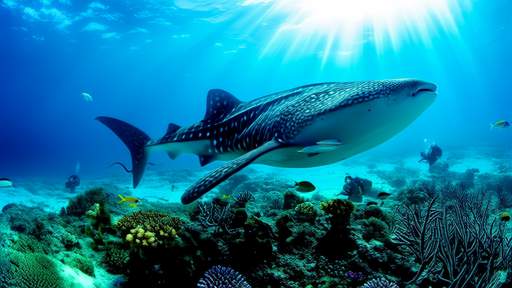
By /Jun 5, 2025

By /Jun 5, 2025
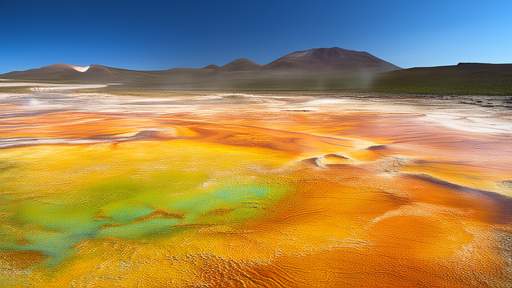
By /Jun 5, 2025
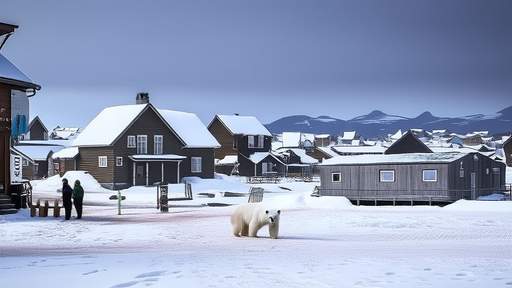
By /Jun 5, 2025
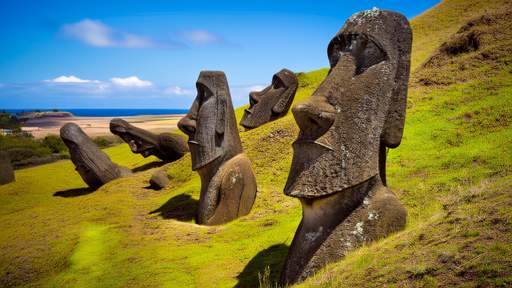
By /Jun 5, 2025

By /Jun 5, 2025

By /Jun 5, 2025
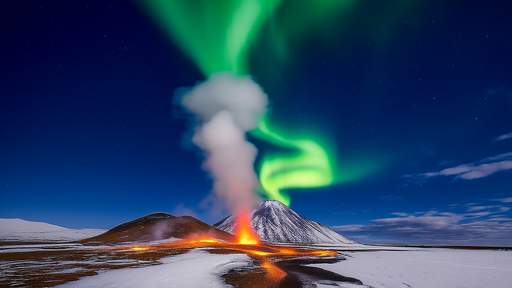
By /Jun 5, 2025

By /Jun 5, 2025
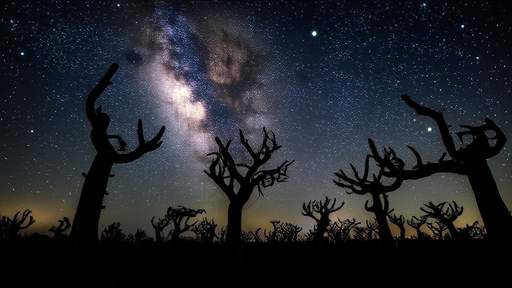
By /Jun 5, 2025
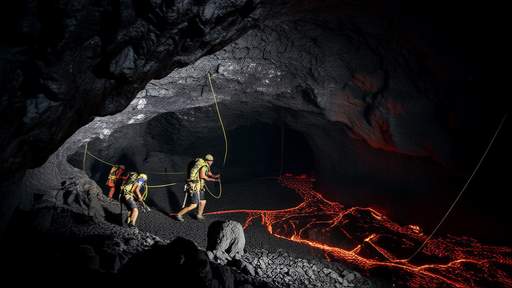
By /Jun 5, 2025
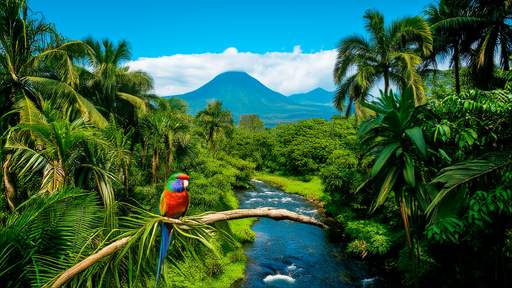
By Victoria Gonzalez/Jun 4, 2025

By Grace Cox/Jun 4, 2025
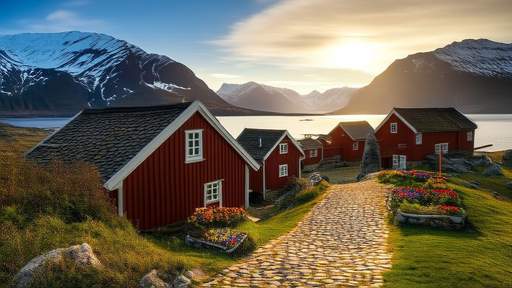
By Sophia Lewis/Jun 4, 2025
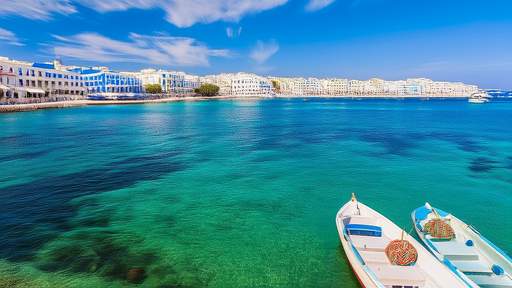
By Elizabeth Taylor/Jun 4, 2025
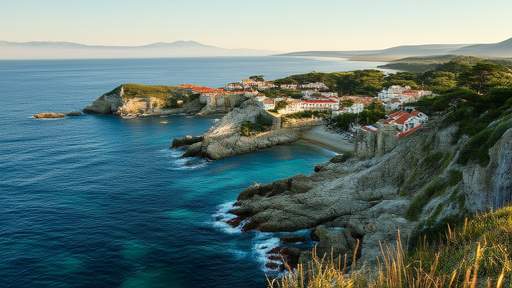
By Megan Clark/Jun 4, 2025

By Megan Clark/Jun 4, 2025